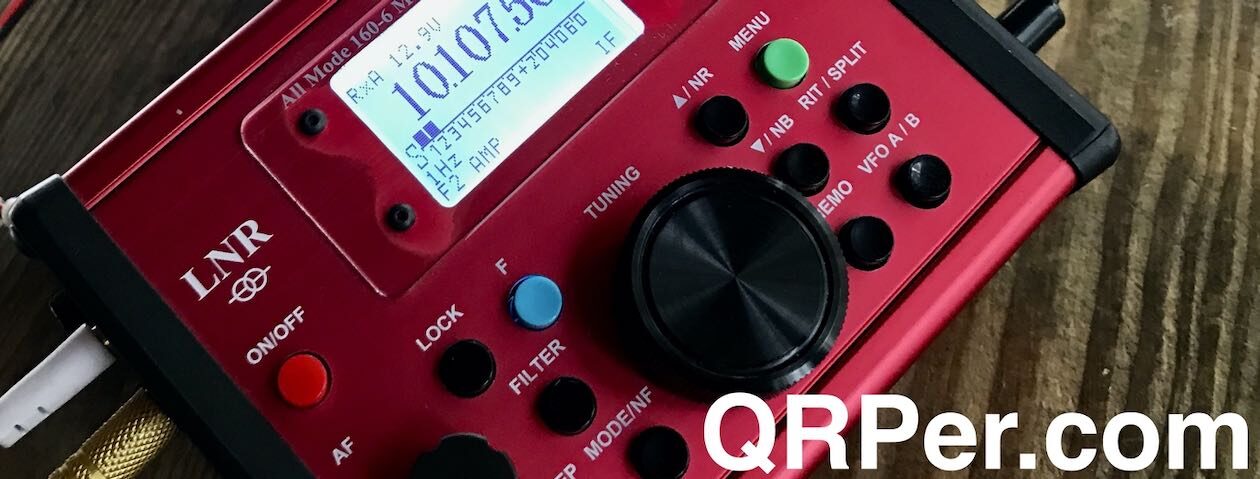Many thanks to Brian (K3ES) who shares the following field report:
Recipe for a Failed Activation at K-0619?
by Brian (K3ES)
A couple of days before Christmas, high winds came, temperatures dropped, and 3 inches of snow made a real nuisance of itself by blowing around and re-covering anything that was swept or shoveled. With daily high temperatures below zero (Fahrenheit) and wind gusts over 40 miles per hour, the weather just didn’t make for much fun outdoors. In fact, we hunkered down and didn’t get beyond the end of the driveway for four days. So when the winds calmed and temperatures rose, I really needed to get out of the house for a bit. What better way than to walk up the road and activate K-0619? Even with temperatures in the low 20s, I should be able to finish a quick activation. And so it was planned…
Of course just before walking out the door, it is always prudent to check on band conditions…

Alright, I really need my outdoor time. Even if it means that I fail to activate the park this time, I’m going for it!!!
I walked down the driveway…

…up the road…


… and into the woods.

After getting to my spot, I set up my chair, laid out a trash bag to keep radio gear out of the snow, threw a line over a tree branch (it took two tries), and rigged the antenna. Continue reading Guest Post: Recipe for a Failed Activation in Allegheny National Forest?










































